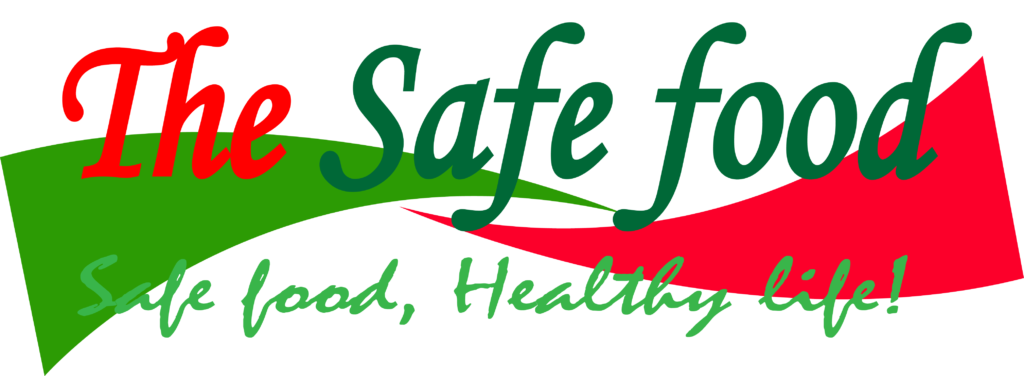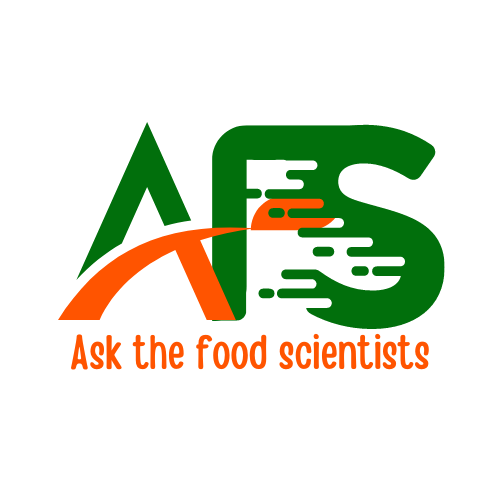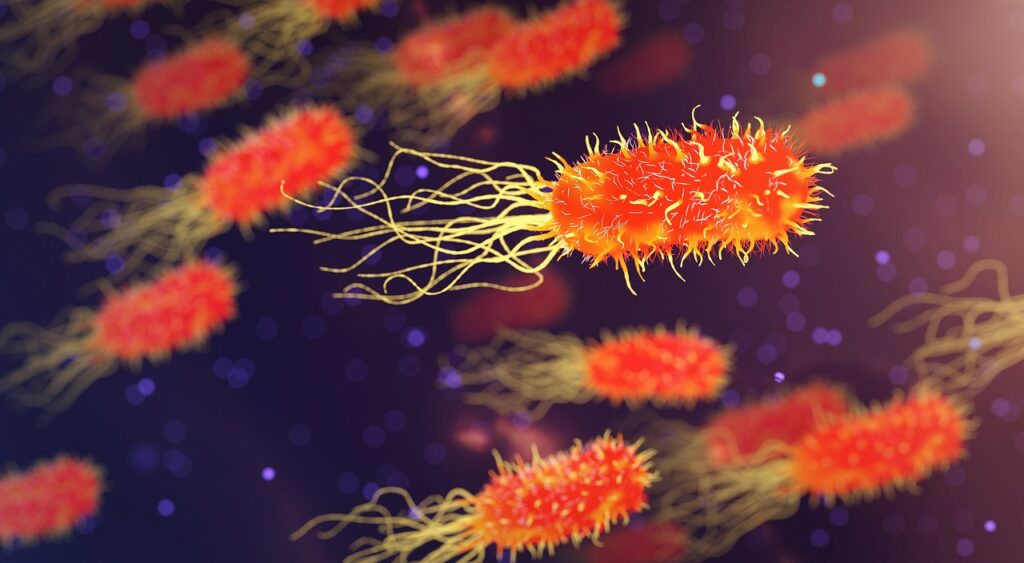Foodborne diseases, also known as foodborne illnesses or food poisoning, refer to illnesses caused by consuming contaminated food or beverages. These diseases are typically caused by the ingestion of harmful microorganisms, such as bacteria, viruses, parasites, or their toxins, as well as chemical contaminants or toxins produced by fungi.
Foodborne diseases are often categorized into three main groups: food infections, food intoxications, and food toxicoinfections. Here’s a breakdown of each category:
These categories help classify foodborne diseases based on the underlying mechanisms of infection and the role of microbial pathogens and toxins. It’s important to remember that specific pathogens and toxins can cause illnesses that fall into more than one category, depending on the circumstances of contamination and ingestion.
Food safety knowledge is for all!

Every consumer deserves to have high quality and safe food. …Read more!

- Food Infections: These are caused by the ingestion of food contaminated with pathogenic microorganisms, such as bacteria, viruses, or parasites. The microorganisms grow and multiply within the body, leading to illness. Common examples of food infections include:
- Salmonellosis (caused by Salmonella bacteria)
- Campylobacteriosis (caused by Campylobacter bacteria)
- Listeriosis (caused by Listeria monocytogenes)
- Shigellosis (caused by Shigella bacteria)
- E. coli infection (caused by certain strains of Escherichia coli)
- Food Intoxications: These occur when individuals consume food contaminated with toxins produced by microorganisms. In this case, the toxins are already present in the food and cause illness when ingested. Common examples of food intoxications include:
- Botulism (caused by Clostridium botulinum toxin)
- Staphylococcal food poisoning (caused by Staphylococcus aureus toxin)
- Bacillus cereus poisoning (caused by Bacillus cereus toxin)
- Food Toxicoinfections: These arise from consuming food contaminated with both pathogenic microorganisms and the toxins they produce. The microorganisms cause infection, while the toxins further contribute to the illness. Common examples of food toxicoinfections include:
- Clostridium perfringens food poisoning (caused by Clostridium perfringens bacteria and their toxins)
- Vibrio parahaemolyticus infection (caused by Vibrio parahaemolyticus bacteria and their toxins)
Our Blog ↗
Read the latest from our blog
Ask a Question ↗
Ask a question and get answers from our community
Give Feedback ↗
We value your feedback.


